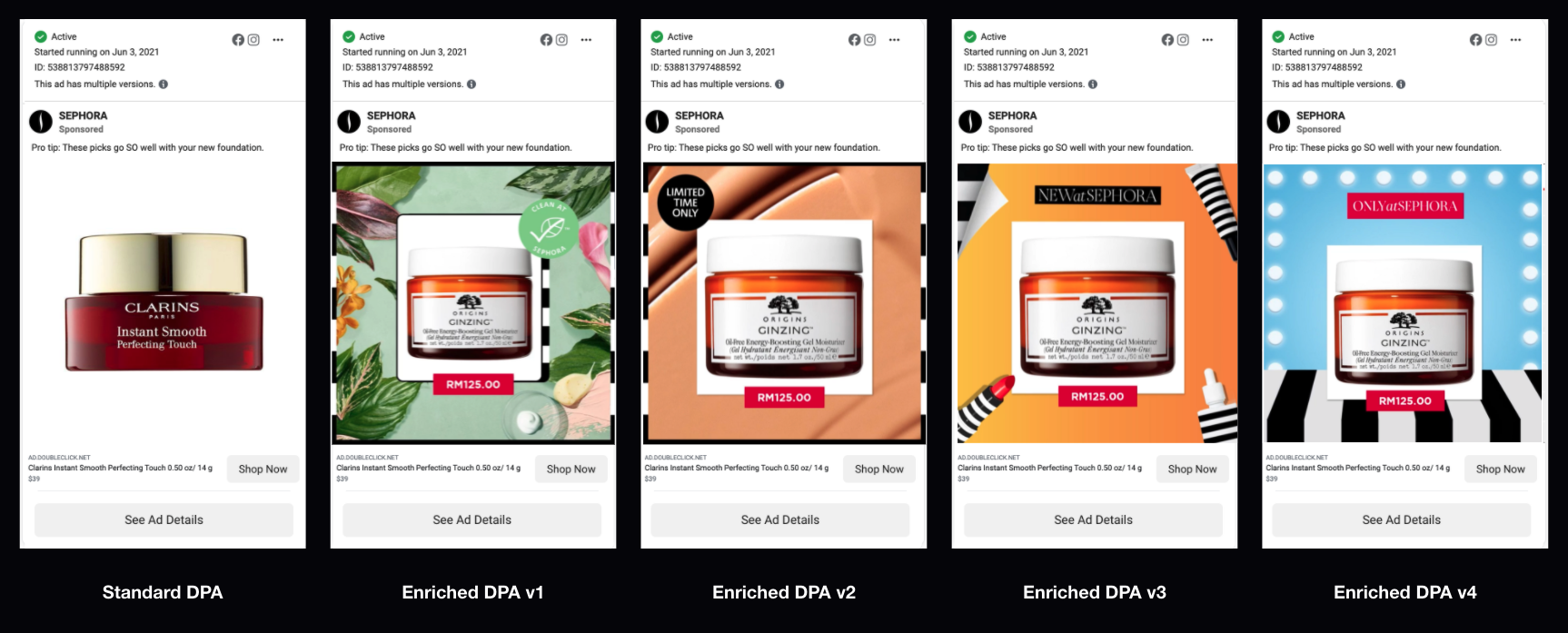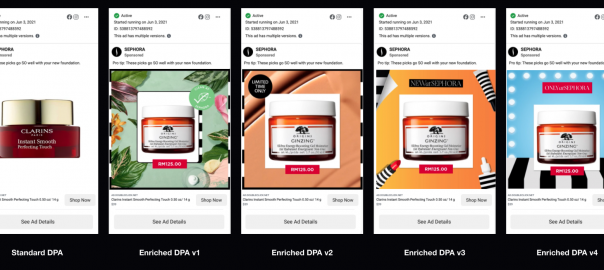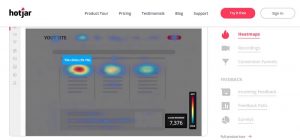11.11 2009 marked the beginning of the Singles’ Day shopping holiday in China, which has now grown to become the world’s largest shopping festival. Singles’ Day has become an annual event that has inspired the birth of a variety of sales days throughout China and South-East Asia.
All of these dates are now collectively known as Mega Sale Days, which have become popular and more frequent across Southeast Asia.
In addition to China and Southeast Asian specific dates like 11.11 (Singles’ Day), 3.3, 4.4, and 6.6, Mega Sales days also include shopping dates originating from the US and Europe, like Black Friday, Cyber Monday, and Christmas shopping.
Mega Sales Days are a great opportunity for e-commerce businesses to increase their sales and acquire new customers hungry for a good deal. Facebook has an excellent article covering interesting information and statistics related to mega sales days, which is worth a read.
In this article, we want to share 5 actionable tips you can implement to improve your Facebook Ads and get the most out of this year’s mega sales days.
1. Improve the creative quality of your Dynamic Ads with enhanced product images
Dynamic Ads is one of the most effective forms of online advertising for companies that sell a wide range of products. Just by connecting your product catalog to the Facebook Ads Manager, you can deliver ads personalized based on what people are currently in the market to buy.
Although Facebook’s Advanced ad delivery algorithm does most of the heavy lifting to ensure the highest possible return on ad spend from your dynamic ads, there are a few things you can do to make the ads even more effective.
One thing you can do to make your dynamic ads more effective is to enhance the product images in your catalog in order to make the ads more attention-grabbing and on-brand.
Most regular dynamic product ads have a single product image on a white background. This is potentially problematic because your dynamic ads will be very similar to those of your competitors.
Our recommendation is to enrich the product image with a colorful background. A strong colored background will instantly pop out in a user’s feed and grab their attention. Once you have their attention, they will stop their thumb scrolling and ultimately click your ad.
Below you can see an example of a standard Dynamic Ad with white background, and four examples of Dynamic Ads with enriched product images.

2. Add an intro video to your Dynamic Ads Carousel
Facebook Dynamic Ads do not support pulling video assets for each individual product from your product catalog, but you can still leverage video to some degree in your dynamic ads.
If you create a dynamic ad with the carousel format, your ad will show a selection of product cards pulled from your catalog. However, you can also add an intro card to the carousel. Once you have added the intro card, you can select a video as the intro of your dynamic ads carousel.
We recommend adding a mobile-first video creative to the carousel intro card in order to increase the attention-grabbing ability of your dynamic ad.
3. Use dynamic ads for both retargeting and broad audience targeting
Most performance marketers know Dynamic Product Ads as a format for retargeting people who have interacted with specific products from their product catalog. This is understandable, because retargeting was the original use case of Dynamic Product Ads, and they have been extremely successful for turning lost prospects into new customers.
However, Facebook has developed an extremely advanced ad delivery algorithm powered by a rich amount of data gathered by Facebook pixels across the web. With this data, Facebook knows what people are in the market to buy.
By targeting your Dynamic Ads at broad audiences, you have the chance to get your products in front of people who are in the market for what you have to sell, even though they have not yet interacted with your website yet.
In order to get the most out of your Dynamic Ads, make sure to use them for both retargeting and broad audience prospecting. Retargeting ads will have a higher return on ad spend, but the pool of addressable shoppers is greater with broad audiences. In order to grow your business, you need to add new people to your pipeline.
4. Leverage dynamic creative, and let Facebook optimise ad combinations
In the three tips above, we have been talking about improving the effectiveness of your Dynamic Ads, which should not be confused with Dynamic Creative, which we talk about in this fourth tip.
Dynamic Creative lets you add multiple ad components such as images, videos, text, and calls-to-action to a single ad unit. Facebook then combines the components in a variety of ways to improve your ad performance. It allows you to automatically create personalized creative variations for each person who views your ad.
If you want to get the most out of your Dynamic Creative, check out Facebook’s best practices.
5. Always test new creative concept and iterations
Creative quality is the most important factor determining the success of an ad campaign.
But creative quality can be subjective and change over time.
The best way to ensure that you always have ad creative of high quality in your ad account is to create and test new creative iterations on an ongoing basis.
You should run A/B tests of new creative concepts on an ongoing basis. Once you have a creative concept that works well, you can optimize it further by making smaller creative iterations to copy and image assets, and add them to a Dynamic Creative Ad (See tip #4).
An additional benefit to testing new creative ideas on an ongoing basis is that you always have fresh creative in your ad account. Creative fatigue is one of the single greatest causes of declining ad performance. The best-performing ad accounts create on average 11x more creative assets than less successful competitors.
Final words
We hope that these tips will have a positive impact on ad effectiveness during this year’s mega sales days.
Digital & Social Articles on Business 2 Community
(40)
Report Post





